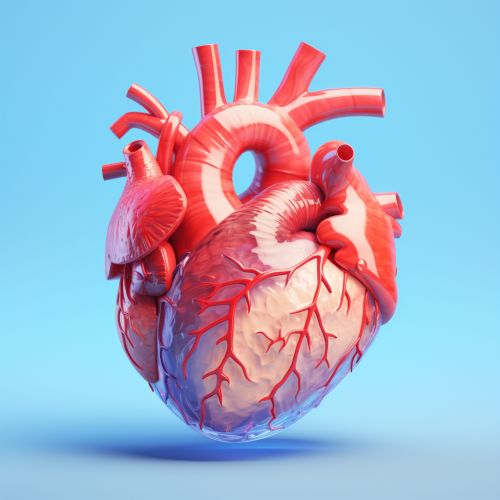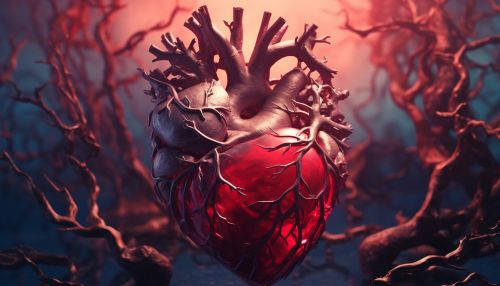Cardiac Arrest
Introduction
Cardiac arrest is a sudden, unexpected loss of heart function, breathing, and consciousness. It is a serious medical emergency that requires immediate intervention. The condition usually results from an electrical disturbance in the heart that disrupts its pumping action, stopping blood flow to the rest of the body. Without swift treatment, cardiac arrest can lead to death within minutes.
Causes
Cardiac arrest is often caused by arrhythmias, which are abnormal heart rhythms. The most common cause of cardiac arrest is ventricular fibrillation, a type of arrhythmia. In ventricular fibrillation, the heart's lower chambers suddenly start beating chaotically and don't pump blood. Other causes of cardiac arrest include coronary artery disease, heart attack, enlarged heart (cardiomegaly), valvular heart disease, and congenital heart disease. Certain conditions can also increase the risk of cardiac arrest, such as high blood pressure, smoking, diabetes, high cholesterol, obesity, and a sedentary lifestyle.


Symptoms
The symptoms of cardiac arrest are immediate and drastic. They include sudden loss of responsiveness, no normal breathing, and no pulse. In some cases, cardiac arrest may be preceded by certain symptoms, such as fatigue, fainting, blackouts, dizziness, chest pain, shortness of breath, weakness, palpitations, and vomiting. However, cardiac arrest often occurs with no warning.
Diagnosis
Cardiac arrest is usually diagnosed based on clinical signs and symptoms. However, certain tests can be used to determine the cause of cardiac arrest, such as electrocardiogram (ECG), blood tests, chest X-ray, echocardiogram, cardiac catheterization, and coronary angiogram. An ECG can detect arrhythmias and other heart problems. Blood tests can measure levels of certain enzymes and hormones that can indicate heart damage. A chest X-ray can show the size and shape of the heart and its blood vessels. An echocardiogram uses sound waves to create images of the heart, showing its size, shape, and motion. A cardiac catheterization can show blockages in the coronary arteries, and a coronary angiogram can provide a detailed view of the heart's blood vessels.
Treatment
The immediate treatment for cardiac arrest is cardiopulmonary resuscitation (CPR) to maintain blood flow to the brain and other vital organs until a defibrillator can be used. A defibrillator delivers an electric shock to the heart to restore a normal rhythm. Other treatments for cardiac arrest may include medications, coronary angioplasty, coronary bypass surgery, implantable cardioverter-defibrillator (ICD), and therapeutic hypothermia. Medications can help restore heart rhythm, improve blood flow, or treat related conditions. Coronary angioplasty can open blocked coronary arteries, and coronary bypass surgery can create a new route for blood flow to the heart. An ICD can monitor heart rhythm and deliver an electric shock if needed. Therapeutic hypothermia can lower the body temperature to help reduce the risk of brain damage.
Prevention
Prevention of cardiac arrest involves managing heart disease risk factors. This includes maintaining a healthy lifestyle, such as eating a heart-healthy diet, exercising regularly, avoiding smoking, maintaining a healthy weight, and limiting alcohol consumption. Regular check-ups and screening can also help detect heart problems early and prevent cardiac arrest. In some cases, medications or surgery may be needed to treat heart conditions that increase the risk of cardiac arrest.
Prognosis
The prognosis for cardiac arrest depends on how quickly treatment is received. Survival rates are higher when cardiac arrest occurs in a hospital setting where medical care is immediately available. However, the overall survival rate for out-of-hospital cardiac arrest is low. Even with successful resuscitation, cardiac arrest can lead to brain damage and other complications. Early recognition and treatment of cardiac arrest can significantly improve survival and outcomes.
